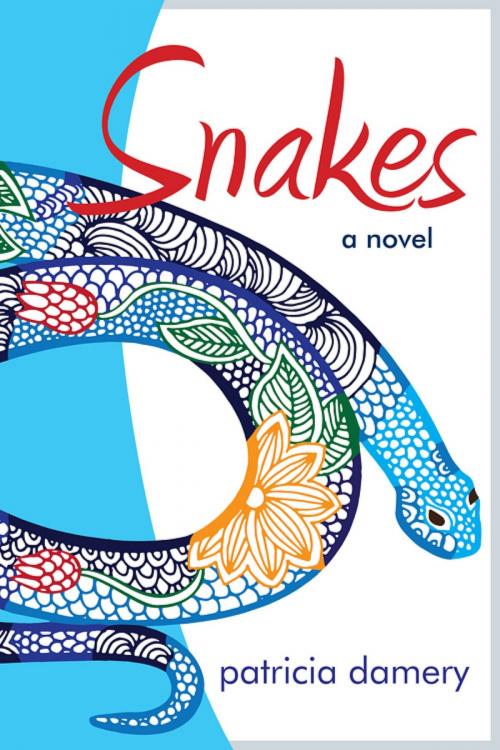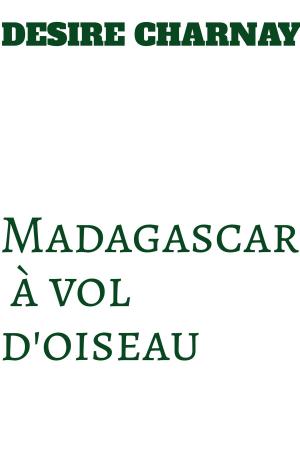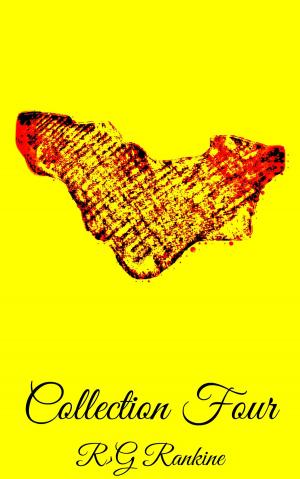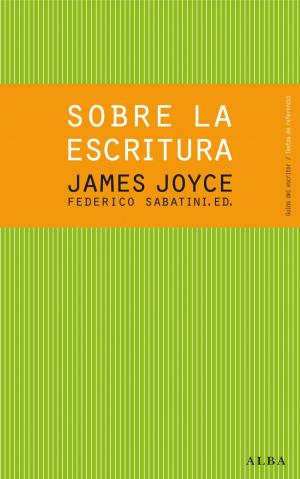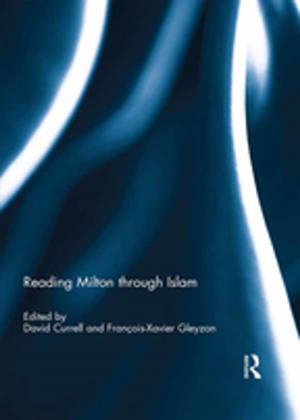| Author: | Patricia Damery | ISBN: | 9780991309818 |
| Publisher: | Leaping Goat Press | Publication: | July 7, 2014 |
| Imprint: | Language: | English |
| Author: | Patricia Damery |
| ISBN: | 9780991309818 |
| Publisher: | Leaping Goat Press |
| Publication: | July 7, 2014 |
| Imprint: | |
| Language: | English |
Angela has spent the greater part of her life in suspension between the world of the small Midwestern farm she grew up on, and that of her present life in northern California as the wife of a marine biology professor, Jake, and mother of three. Although an accomplished weaver, she is unable to let any of her work go. The story opens as her Midwestern mother visits for the first time. Angela’s father has recently died, and Angela and her mother try to dispel the awkwardness by telling the snake stories the family has enjoyed over the years, stories that reflect fear of snakes and often result in the snake’s demise. However, something has changed for Angela and the stories are no longer funny. The novel is narrated by Angela to her father as she examines her relationship to him, to family, to the land and the reflection of that in the relationship to the serpent, and to herself. Then after an unexpected encounter with a French storyteller, she faces the fact that something is missing. So begins the confrontation with her life. When Angela’s mother cuts her visit short when Angela’s brother Jimmy calls, saying that the family farm must be sold, Angela withdraws, weaving fervently as she tries to hold all of the pieces together. Then, to her shock, she discovers that Jake is having an affair. It is only when the men she has trusted all her life fail her through death and betrayal, that she begins to discern the pattern of her own life. Through flashbacks, Angela contrasts her childhood on a small Midwestern farm, with her current life. Angela was the middle child with her older brother and a younger sister, Dorothy. Her childhood was safe, predictable, and, she thinks, happy, as she would have described her marriage. She met Jake in California when they were both graduate students in marine biology. After an accident on a student research trip to study sea snakes, she decided not to continue in marine biology, learned to weave, and married Jake. When Angela walks in on Jake embracing a student, she has to face that her marriage is not the ideal relationship she had thought. She asks Jake to move out. Her mother sickens with the flu and then pneumonia, and Angela returns to the Midwest to care for her, becoming profoundly aware of the impact of moving away so many years before. She also realizes that what she always experienced as betrayal by her father was, in fact, two way, a necessary act of separation, and, following a mythological snake story theme throughout the book, of creation. Angela returns to California understanding that she must reenter the garden she has avoided after seeing snakes mating in it years before. Only now is Angela able to consciously accept the cycles of life, sloughing off what is old so that life may continue. She decides to plant the garden. Angela and Jake discuss where they go from here. As Angela completes planting the garden, she sits alone, finishing the weaving she has been working on over the last months. For the first time, she is able to let go of the weaving. Angela’s father, so omnipresent in her life, takes his rightful place as one of the ancestors. In being able to relinquish the past, she is able at last to feel the Spirit of Place of that earth upon which she lives, often depicted by a serpent, and to arrive. The title of the book, Snakes, reflects real life stories and the mythologies underlying them. The novel is studded with these stories, which also provide a frame for the larger story. Each chapter begins with a quote, usually from a snake manual, often presenting the reader with facts which are the fertile ground from which mythologies grew. The snake as life force prevails in the end as Angela’s relationship to the serpent moves from terror to acceptance of the energy of the Great Primordial Boa.
Angela has spent the greater part of her life in suspension between the world of the small Midwestern farm she grew up on, and that of her present life in northern California as the wife of a marine biology professor, Jake, and mother of three. Although an accomplished weaver, she is unable to let any of her work go. The story opens as her Midwestern mother visits for the first time. Angela’s father has recently died, and Angela and her mother try to dispel the awkwardness by telling the snake stories the family has enjoyed over the years, stories that reflect fear of snakes and often result in the snake’s demise. However, something has changed for Angela and the stories are no longer funny. The novel is narrated by Angela to her father as she examines her relationship to him, to family, to the land and the reflection of that in the relationship to the serpent, and to herself. Then after an unexpected encounter with a French storyteller, she faces the fact that something is missing. So begins the confrontation with her life. When Angela’s mother cuts her visit short when Angela’s brother Jimmy calls, saying that the family farm must be sold, Angela withdraws, weaving fervently as she tries to hold all of the pieces together. Then, to her shock, she discovers that Jake is having an affair. It is only when the men she has trusted all her life fail her through death and betrayal, that she begins to discern the pattern of her own life. Through flashbacks, Angela contrasts her childhood on a small Midwestern farm, with her current life. Angela was the middle child with her older brother and a younger sister, Dorothy. Her childhood was safe, predictable, and, she thinks, happy, as she would have described her marriage. She met Jake in California when they were both graduate students in marine biology. After an accident on a student research trip to study sea snakes, she decided not to continue in marine biology, learned to weave, and married Jake. When Angela walks in on Jake embracing a student, she has to face that her marriage is not the ideal relationship she had thought. She asks Jake to move out. Her mother sickens with the flu and then pneumonia, and Angela returns to the Midwest to care for her, becoming profoundly aware of the impact of moving away so many years before. She also realizes that what she always experienced as betrayal by her father was, in fact, two way, a necessary act of separation, and, following a mythological snake story theme throughout the book, of creation. Angela returns to California understanding that she must reenter the garden she has avoided after seeing snakes mating in it years before. Only now is Angela able to consciously accept the cycles of life, sloughing off what is old so that life may continue. She decides to plant the garden. Angela and Jake discuss where they go from here. As Angela completes planting the garden, she sits alone, finishing the weaving she has been working on over the last months. For the first time, she is able to let go of the weaving. Angela’s father, so omnipresent in her life, takes his rightful place as one of the ancestors. In being able to relinquish the past, she is able at last to feel the Spirit of Place of that earth upon which she lives, often depicted by a serpent, and to arrive. The title of the book, Snakes, reflects real life stories and the mythologies underlying them. The novel is studded with these stories, which also provide a frame for the larger story. Each chapter begins with a quote, usually from a snake manual, often presenting the reader with facts which are the fertile ground from which mythologies grew. The snake as life force prevails in the end as Angela’s relationship to the serpent moves from terror to acceptance of the energy of the Great Primordial Boa.
